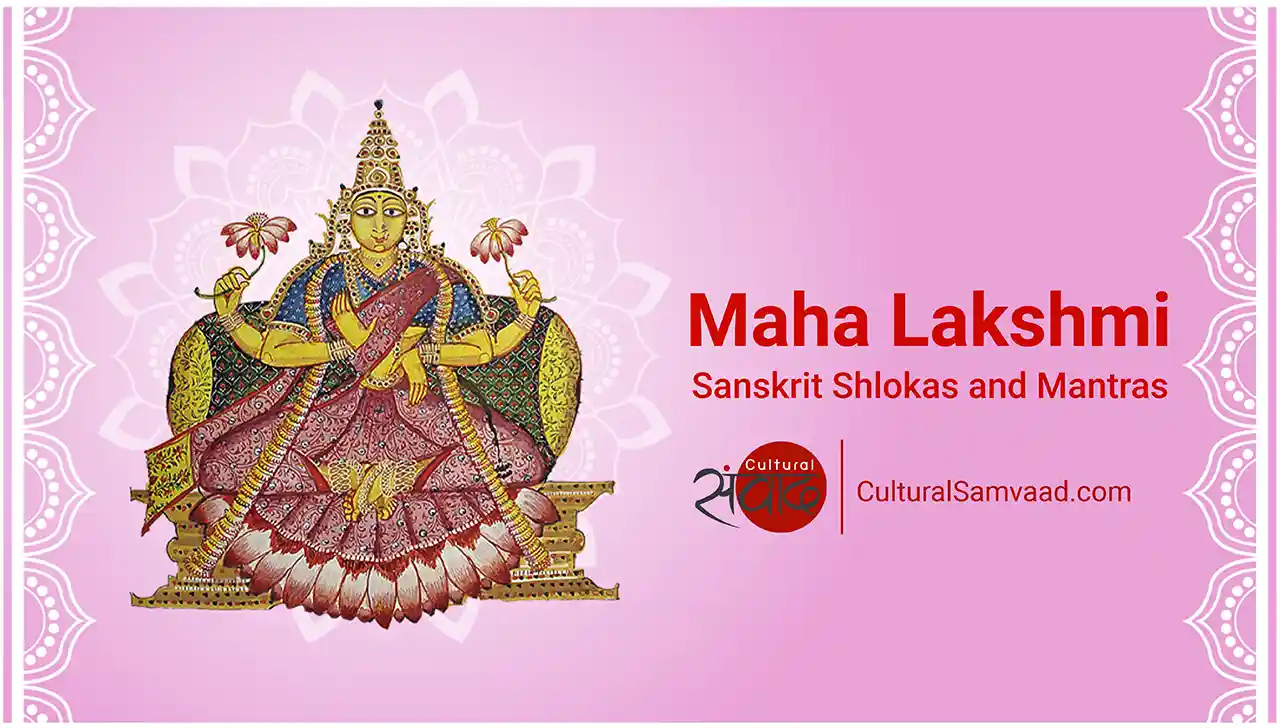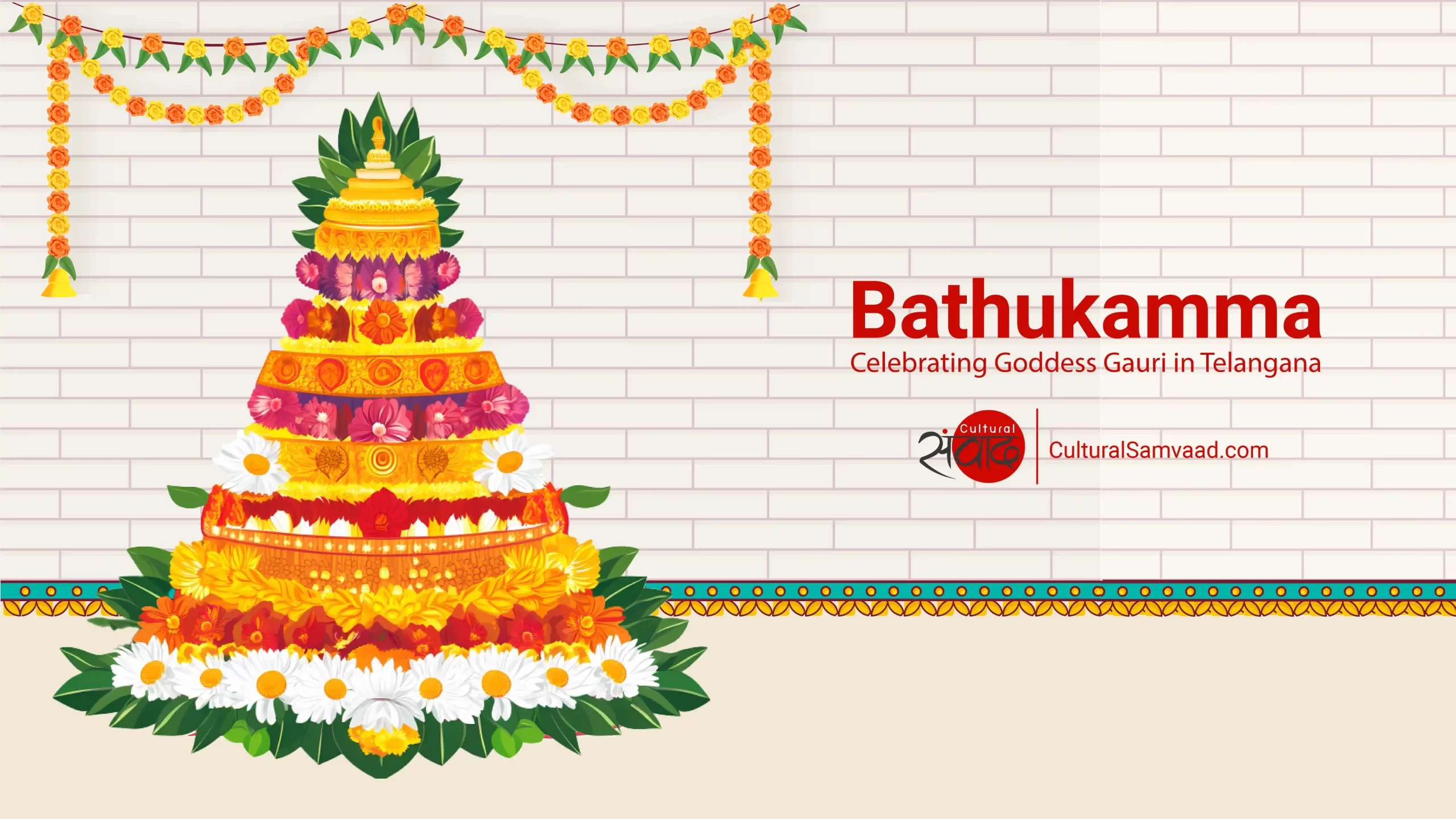Join Cultural Samvaad’s WhatsApp Community
The Red Fort (Lal Qila or लाल क़िला) was constructed in the 17th Century as the palace fort of the city of Shahjahanabad on the banks of the Yamuna river. Commissioned in 1639 CE by the Mughal emperor Shah Jahan as the palace fort of his new capital and designed by the master builders Ustad Hamid and Ustad Ahmed, it took 9 years to complete. The Red Fort complex originally called the ‘Qila-e-Mubarak’ (क़िला-ए-मुबारक) is one of the finest representations of the scale and grandeur of Mughal architecture.
Watch this video in Hindi
The Red Fort Then…
The vast and magnificent Red Fort complex is laid out in an oblong, irregular octagonal shape and is spread over 254.67 acres. The fort which enclosed by 2.41 kilometres of defensive walls, had 14 gates including the Lahori Gate and the Delhi Gate. It is these red sandstone walls that give the fort its name. Additions to the complex continued till the nineteenth century. Unfortunately, many parts of the fort were demolished by the British after they occupied it in 1857.
The Red Fort complex houses many famous palaces and buildings including the ‘Diwan-e-Aam’ (Hall of Public Audience), ‘Diwan-e-Khaas’ (Hall of Private Audience), the Rang Mahal, the Mumtaz Mahal, the Khas Mahal and the Moti Masjid among others. While we do not intend to discuss the details of the architectural marvels of the Red Fort in this note, the ‘Diwan-e-Khaas’ deserves special mention.
UNESCO World Heritage Sites in India
The highly ornamented pillared hall made of white marble was the home of the legendary ‘Takht-e-Taawus’ or ‘Peacock Throne’. Carried away by the Persian invader, Nadir Shah in 1739, it was picturesquely described by the French jeweller and traveller Jean-Baptiste Tavernier as being surmounted by a `peacock with elevated tail made of blue sapphires and other coloured stones, the body being of gold inlaid with precious stones, having a large ruby in front of the breast, from whence hangs a pear-shaped pearl of 50 carats or thereabouts…’.[i]
The Red Fort stands witness to India’s Tryst with Destiny…
In the year 1857, when India waged her First War of Independence, the Red Fort fell to the British. 90 years later, at the stroke of the midnight hour on August 15, 1947, when India proclaimed her independence, the ramparts of the Red Fort became the focal point of the celebrations, a tradition that continues till date. Every year, on Independence Day, the Indian Prime Minister unfurls the national flag at this historic site.
The Red Fort… Looking Ahead…
The Red Fort complex was inscribed as a UNESCO World Heritage site in 2007. In 2018-19, it became the second most visited monument in India with 3.6 million visitors. The Archaeological Survey of India in collaboration with the Culture Resource Conservation initiative has also put in place a Comprehensive Conservation Management Plan (CCMP) for the Red Fort, New Delhi.[ii]
Over the centuries, the Yamuna has changed course but the fluttering tricolour on the Red Fort is an unmistakable symbol of India’s freedom and power and her eternal quest for her rightful place in the world order.
‘Gar firdaus bar rue zameen ast,
hameen asto, hameen asto, hameen ast.
‘गर फ़िरदौस बर्-रूए-ज़मीन अस्त!
हमीं अस्तो, हमीं अस्तो, हमीं अस्त!
अगर धरती के मुख पर स्वर्ग (जन्नत) है, तो यहीं है, यहीं है और बस यहीं है!
If there is Paradise on the face of this earth, it is here, it is here, it is only here.
*These beautiful lines are generally attributed to Amir Khusro (we have not been able to verify this) and are inscribed on the wall of the Diwan-e-Khaas.
[i] Extracted from ‘The Red Fort and Its Surroundings’ made possible by World Monument Fund’s Sustainable Tourism initiative created by INTACH, Delhi and sponsored by American Express.
[ii] In 2018, the Red Fort was adopted by the Dalmia Bharat group for 5 years under the government’s ‘Adopt A Heritage’ Scheme.






Add comment